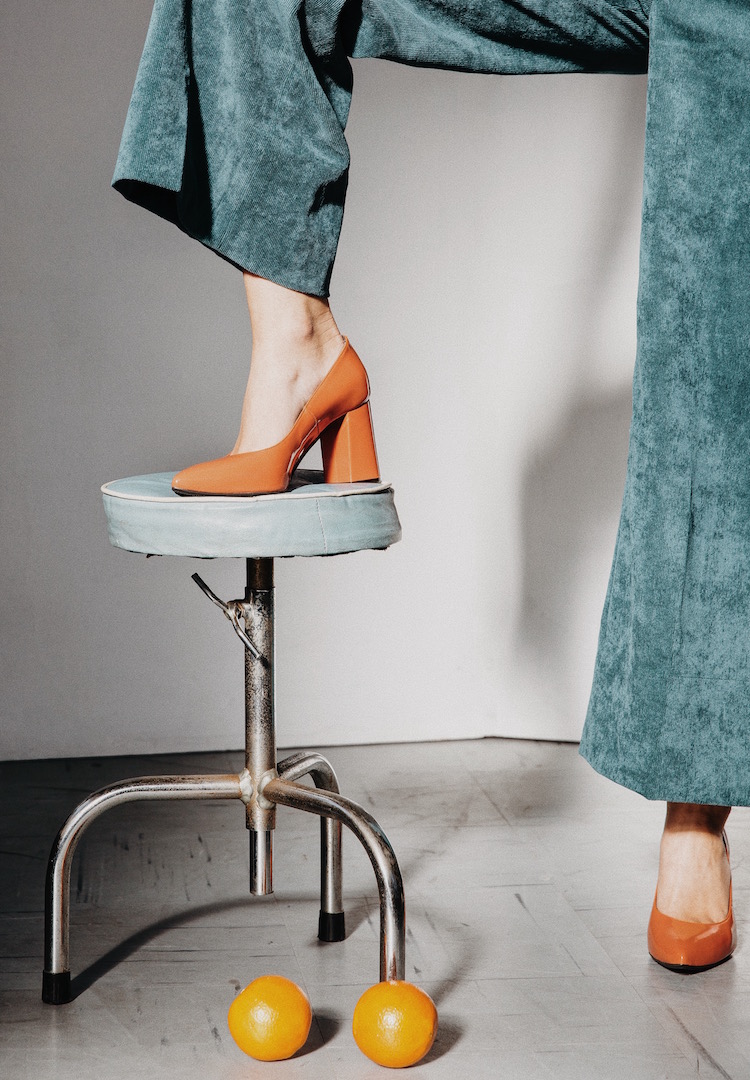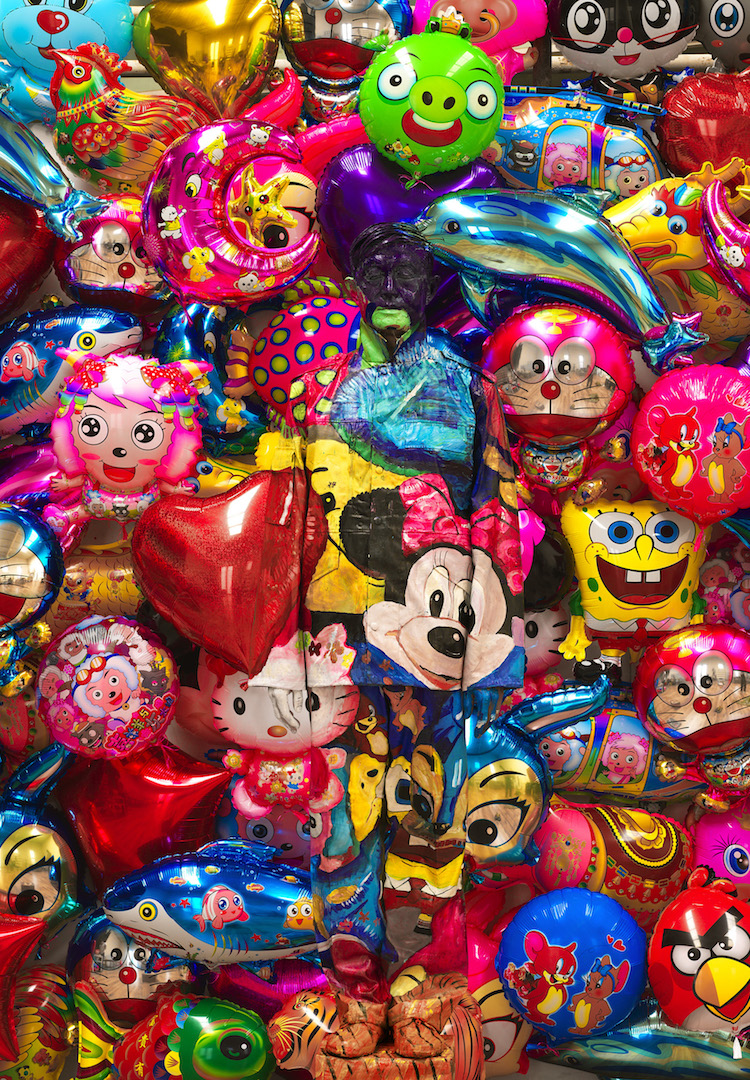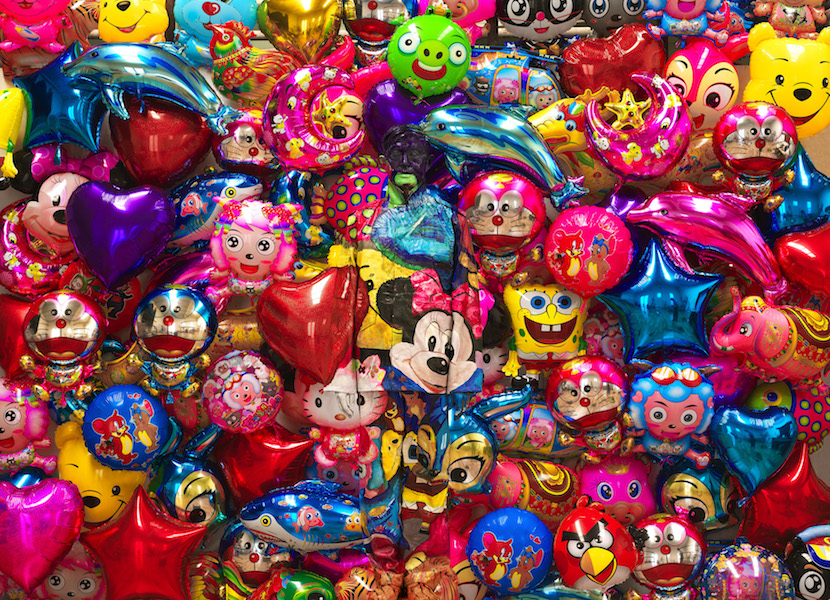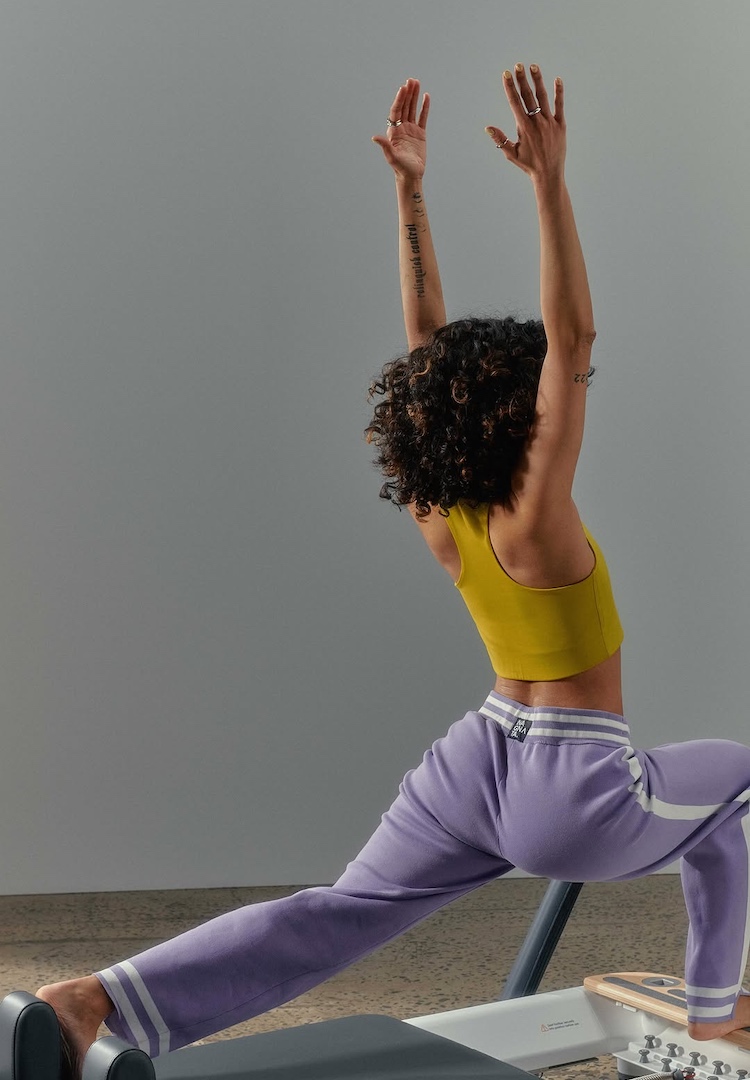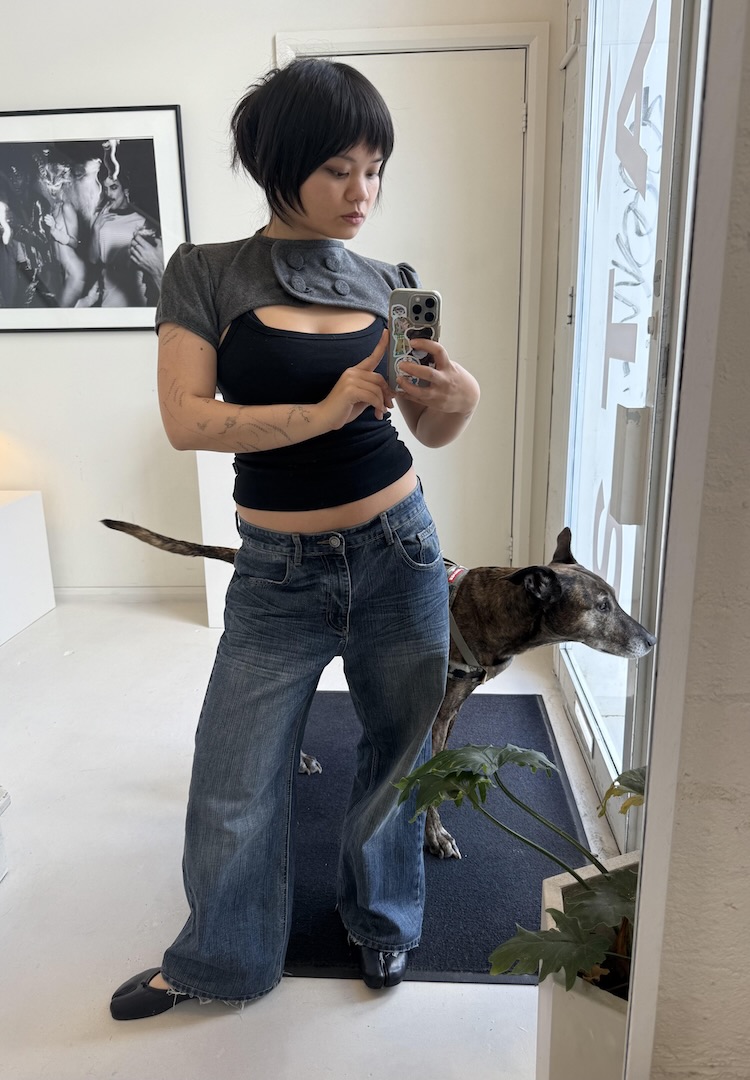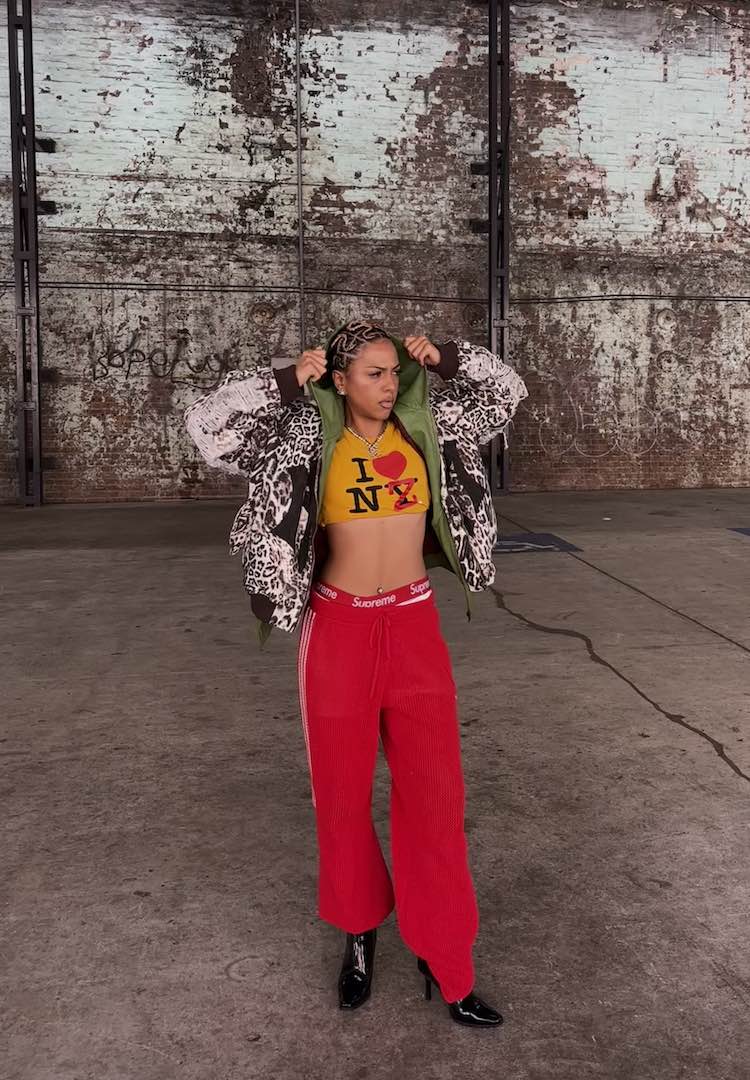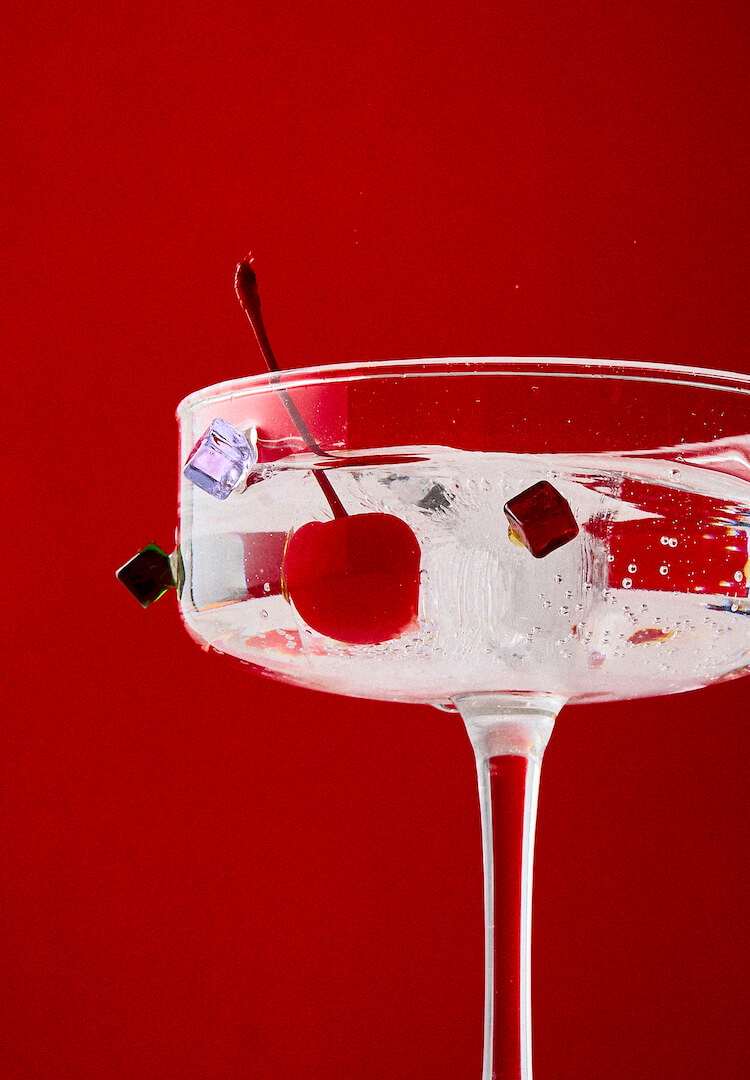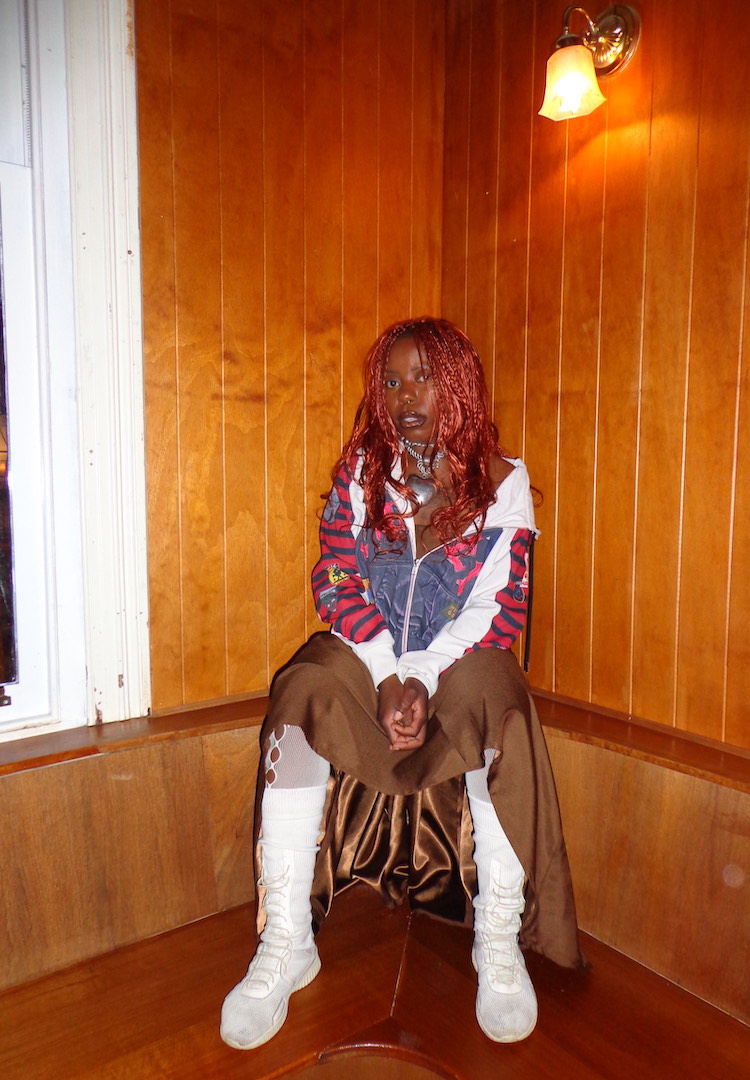An insider’s guide to the Ballarat International Foto Biennale
Liu Bolin, “Balloon No. 1”
WORDS BY ANNABEL MASON
It’s all happening in gold rush country.
You don’t have to go all the way to Venice for an art biennale, there’s one happening in rural Victoria. From August 24 until October 20 Ballarat will be transformed into a city-sized photographic art gallery.
The festival will install close to 100 photographic exhibitions in a whole range of venues, including the Art Gallery of Ballarat, many of the central city laneways, shop windows, the new National Centre for Photography and over 60 local businesses, shops and cafes.
The best part? Nearly everything on the program is free.
Straight from head office, here are the top picks for this year’s BIFB.
Liu Bolin / Camouflage and The Art Gallery of Ballarat
The headline for the festival, and a somewhat obvious choice, is the Australian premier of Liu Bolin’s extensive body of photographic work. Liu Bolin is a world-renowned Chinese photographer, famous for camouflaging himself into his photographs. His works are silent protests, and together they form a vision of the contemporary world and the biggest challenges we are facing as a society today. No easy feat. All this seriousness is naturally housed amongst bright, eye-catching, mind-boggling, pop culture imagery.
The Fashion Edit: Monty Coles’ 80s
If you haven’t heard of him yet, you are sure to recognise some of his era-defining photography. Monty Coles is one of Australia’s most famous editorial photographers in the 1980s. He has photographed more than 20 Vogue Australia covers, which will be displayed, obviously, in the Myer Windows on Sturt Street in all their big hair and shoulder-padded glory. Get inspired by unabashed make-up looks, power suiting and an array of bold hat choices and pay tribute to one of Australia’s iconic fashion photographers.
The National Centre for Photography
The old Union Bank Building was built during Ballarat gold rush in 1864 has recently been transformed into the National Centre for Photography. The layers of history this building has seen were literally peeled back for a site specific intervention by Robbie Rowlands earlier this year for Incremental Loss Part I. He photographed his careful cutting and slicing of the building for documentation, creating Incremental Loss Part II, one of the four exhibitions in this grand new venue.
Han Sungpil / Polar Heir
The incredible Outdoor Program is one of the biennale’s major draw cards. All across Ballarat, unlikely spaces like windows, parks, streets and shopping centres will become temporary galleries. My pick this year is Han Sungpil’s Polar Heir in the Hop Temple Laneway. This old brick walkway is going to be transformed into an icy landscape through Sungpil’s epic photographic series taken when he travelled to the artic and Antarctic regions in 2014. Sungpil is famous for wrapping monuments with photographic facades, changing our experience of familiar buildings and sites.
W H Chong / Some Books Have Pictures and Some Pictures Have Books.
Can a book be judged by its cover? If you’ve read or seen a copy of the 2018 literary hit, The Trauma Cleaner by Sarah Krasnostein, you’ll remember its simple but powerful cover design. That book was designed by W H Chong, a big deal in the world of book cover designs. This exhibition, hung in the iconic Collins booksellers windows on Lydiard street promises to explore the tension between the books and their covers. Let these pictures speak to you and maybe guide you towards your next best read.
Foto Films
To really get a well-rounded cultural experience, book tickets to one of the specially curated Foto Films playing at the Regent on Saturday afternoons during the Biennale. Each film has been chosen to explore a different intersection between the two closely aligned mediums of cinema and photography. My picks? Tracey Moffatt’s Bedevil on October 19, a feature film and truly a work of art by one of Australia’s most famous contemporary photographers, and Faces Places by Agnès Varda and JR on September 14, a heart-warming documentary exploring people and photography in rural France.
If Ballarat’s bustling city centre isn’t regional enough for you, broaden your cosmopolitan horizons to its outer suburbs.
To the Moon and Back at the Ballarat Municipal Observatory
This beautiful old building and grounds feels like it was made to be an alternative art exhibition space. This year is the 50th anniversary of the Apollo moon landing, so Ballarat’s observatory houses an exhibition that explores how artist use, interpret and interact with that big mysterious rock hanging in the night sky. Since photographic technology has played a crucial part in space exploration, photography is the perfect medium to wonder about our elusive moon.
Diana Lelonek / Center for Living Things at the Ballarat Botanical Gardens
Polish photographer Diana Lelonek has for years now been collecting and photographing hybrid objects that she finds in illegal dumping sites and unused or forgotten bits of industrial land. What makes these specimens special is that they demonstrate how living organisms have adapted to reclaim and grow on human-made litter and waste. The Center for Living Things houses dozens of these objects, that Lelonek photographs, documents and classifies in the hope of advocating for an alternative future to our consumerist, unsustainable, over-producing society. These objects represent nature adapting and finding a use for those things that people declare useless.

